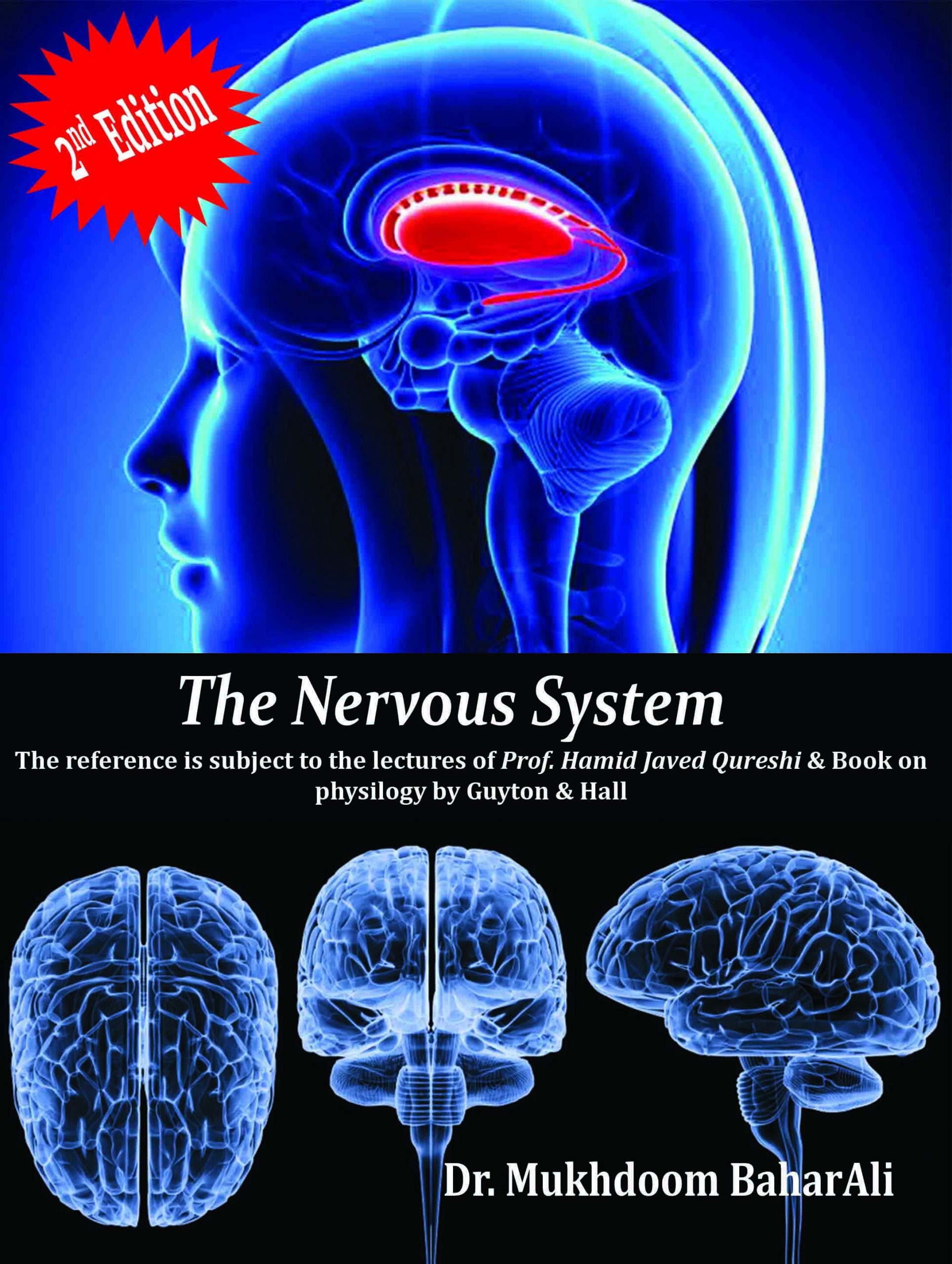How To Do Tracheostomy?
Mukhdoom BaharAli is a resident cardiac surgeon.
Tracheostomy
A tracheostomy or tracheotomy is an opening surgically created through the neck into the trachea (wind pipe) to allow direct access to the breathing via a tube placed though this opening to provide an airway and to remove the secretions from the lungs. In this way, tracheostomy bypasses the natural route of breathing through pharynx or larynx i.e. nose, mouth and throat. This procedure is usually done in general anesthesia in an operation theater with adequate light and resources. Tracheostomy may be temporarily or permanent.
Tracheotomy means surgical opening of the trachea and tracheostomy refers to creation of stoma at the skin surface that lead into the trachea but both terms are used interchangeably.
Indications (NHS Guidelines)
Tracheostomy may be done for a number of reasons.
- To facilitate weaning from positive pressure ventilation in acute respiratory failure or prolonged ventilation.
- To secure and clear an airway in the upper respiratory tract where obstruction is a risk.
- To facilitate the removal of respiratory secretions.
- To protect/minimize risk of aspiration in the patient with poor or absent cough reflex.
- To obtain an airway in patients with injuries or surgery to the head and neck area.
Tracheostomy may be done to facilitate
- Improved oral hygiene for the intubated patient
- Decreased requirement for sedation in the intubated patient
- Oral movement for communication, nutrition and hydration (with manipulation)
- Reduction in damage to the larynx, mouth or nose from prolonged endotracheal intubation
- Vocalisation (with manipulation)
- Improved patient comfort
Others (Not Guidelines)
- Anaphylaxis
- Birth defects of the airway
- Burns of the airway from inhalation of corrosive material
- Cancer in the neck
- Chronic lung disease
- Coma
- Diaphragm dysfunction
- Facial burns or surgery
- Infection
- Injury to the larynx or laryngectomy
- Injury to the chest wall
- Need for prolonged respiratory or ventilator support
- Obstruction of the airway by a foreign body
- Obstructive sleep apnea
- Paralysis of the muscles used in swallowing
- Severe neck or mouth injuries
- Tumors
- Vocal cord paralysis
Techniques
Different surgical techniques are in use for the insertion of tracheostomy tube.
- Cricothyroidotomy
- Percutaneous Tracheostomy (PDT)
- Surgical Tracheostomy
Cricothyroidotomy
Cricothyroidotomy is also referred as mini-tracheostomy. Cricothyroidotomy can be performed under local anesthesia by trained personnel.
Indications
- Emergency procedure for life threatening airway obstruction and the delivery of oxygen. It is possible to perform ventilation via a mini-tracheostomy in the short-term emergency situation.
- The glottic function is preserved including, coughing, speaking and swallowing.
- Natural humidification is not disrupted. Patients may require additional humidification to aid removal of secretions.
Limitations
- Long term use for ventilation is not recommended as air flow resistance is high (a formal intubation/tracheostomy is required for long term use).
- Sputum retention. The removal of secretions via the mini-tracheostomy is possible however the largest suction catheter that can be used is a 10 FR therefore this may limit the effectiveness of suction.
- Cricothyroidotomies are not suitable for patients who do not have a gag, or cough reflexes or require positive pressure ventilation.
Percutaneous Tracheostomy
Percutaneous tracheostomy is also called percutaneous dilatation tracheostomy and it is performed according to Seldinger’s principle. This procedure varies according to local practices and the condition of the patients.
- Obesity, enlarged thyroid and/or other abnormal anatomy
- Coagulopathy
- Children under 12 years of age (there is difficulty in clearly identifying the anatomical landmarks)
Procedure
Percutaneous tracheostomy is performed using a guide wire and a process of gradual dilation of the trachea and surrounding tissue. A tracheostomy tube is then inserted between the first and second or the second and third tracheal rings. Two techniques are usually used i.e. Ciaglia and Shachner (Rapitrac) techniques.
Ciaglia
With this technique, there is no sharp dissection involved beyond the skin incision. The patient is positioned and prepped in the same way as for the standard operative tracheostomy. General anesthesia is administered and all steps are done under bronchoscopic vision.
Procedure
- Skin incision is made and the pretracheal tissue is cleared with blunt dissection.
- Endotracheal tube is withdrawn enough to place the cuff at the level of the glottis.
- Endoscopist places the tip of the bronchoscope such that the light from its tip shines through the surgical wound.
- Operator enters the tracheal lumen below the second tracheal ring with an introducer needle.
- The tract between the skin and the tracheal lumen is then serially dilated over a guidewire and stylet.
- A tracheostomy tube is placed under direct bronchoscopic vision over a dilator.
- Placement of the tube is confirmed again by visualizing the tracheobronchial tree through the tube.
- Tube is secured to the skin with sutures and the tracheostomy tape.
Advantages
- A lower incidence of wound infection and scarring.
- A lower incidence of tracheal stenosis post removal of tracheostomy tube.
A percutaneous tracheostomy is superior as compared to surgical tracheostomy in terms of benefits.
Contraindications
- Risk of surgical emphysema
- Risk of bleeding
- In the event of decannulation within the first five days, recannulation may be more difficult
- Poor neck landmarks
- Neck mass (e.g. Goiter)
- High innominate or pulsating vessels
- Previous neck surgery
- Limited neck extension
- Severe coagulopathy (uncorrected)
Surgical Tracheostomy
Before discussing the detailed of surgical tracheostomy, the understanding of surgical anatomy around the neck is very important.
Surgical Anatomy
The superior thyroid notch, cricoid and suprasternal notch usually can be easily palpated through the skin. The cricothyroid space can be identified by palpating a slight indentation immediately below the inferior edge of the thyroid cartilage. Cricothyroid arteries traverse the superior aspect of this space on each side and anastomose near the midline.
The innominate artery crosses from left to right anterior to the trachea at the superior thoracic inlet. Its pulsations can be palpated and occasionally seen in the suprasternal notch especially in case of a high riding vessel, representing a contraindication for a bedside percutaneous or open tracheostomy.
The isthmus of the thyroid gland lies across the 2nd to 4th tracheal rings and must be dealt with in any procedure at or around the upper trachea.
Procedure (Adults)
The patient should be placed in supine position. The neck is to be fully extended by placing a shoulder roll underneath the upper back area and the head is stabilized on a head ring. The shoulders should be at symmetrical level so the midline neck structures are not skewed to one side. Antiseptic techniques must be followed.
- Skin at the incision site is infiltrated with 5 to 10 mL of 0.25% bupivacaine solution mixed with 1:200,000 adrenaline.
- A transverse incision of 3 cm is made halfway between the lower border of the cricoid and the suprasternal notch and can be extended as per need.
- Subcutaneous fat is dissected right away.
- Thinned platysma fibers and the superficial investing layer of deep cervical fascia are entered by sharp dissection. Strap muscles are identified and retracted side wise using blunt dissection. Don’t divide the muscles until absolute necessary.
- Thyroid isthmus is encountered next and it need to be divided because later on it can retract back and push the tube resulting into potential obstruction of tracheostomy tube. Isthmus is skeletonized and divided by applying clamps and transfixing each side. Alternatively, high energy devices like ligasure, harmonic or thunderbeat can be used.
- Next comes the anterior wall of the trachea. It should be cleaned first for better vision and cricoid cartilage should be identified at this point for suitable entry point for tracheostomy. Adequate exposer is key to success here.
- 3rd and 4th tracheal rings are marked with diathermy and an inverted U-shaped incision is made to create adequate tracheal window.
- A blunt cricoid hook is used for gentle retraction toward upward direction.
- Tracheostomy tube is inserted from one side of the tracheal window and gently rotated in place. The cuff is inflated.
- The position is confirmed by bilateral equal chest expansion after bag ventilation.
- The incision is closed partially to minimize the space around the tube. The tube is secured with sutures in place.
Complications of Tracheostomy
The complications are divided into three classes.
Immediate (Post Insertion)
- Hemorrhage (minor or severe)
- Misplacement (pre-tracheal tissues or to main bronchus)
- Pneumothorax
- Surgical emphysema
- Occlusion of the tube by cuff herniation
- Esophageal perforation
- Delayed (Post Insertion)
Delayed (Post Insertion)
- Reactionary or secondary Hemorrhage (minor or severe)
- Tube blockage with secretions. May be sudden or gradual
- Infection of the stoma site
- Infection of the bronchial tree
- Tracheal ulceration
- Tracheal necrosis
- Tube migration to pre-tracheal space
- Risk of occlusion of the tracheostomy tube in obese or fatigued patients who have difficulty extending their neck
- Tracheo-oesophageal fistula formation
- Accidental decannulation
Late (Post Decannulation)
- Persistent sinus at the tracheostomy site
- Tracheal dilation
- Tracheal stenosis at the cuff site
- Scar formation requiring revision
- Granulomata of the trachea may cause respiratory difficulty when the tracheostomy tube is removed
- Tracheomalacia
Tracheostomy is associated with a high risk of complications and a significant mortality rate especially after emergency tracheostomy for airway obstruction.
High Risk Tracheostomies
The risks associated with tracheostomies are higher in the following groups of patients:
- Children, especially newborns and infants
- Smokers
- Alcohol abusers
- Diabetics
- Immunocompromised patients
- Persons with chronic diseases or respiratory infections
- Persons taking steroids or cortisone
Care of Tracheostomy
Temporary tracheostomy required minimum care and is most related to suction of the secretions. After removal, typically it leaves a minimum scar.
Permanent tracheostomy needs proper education of the patients and counselling and periodic inspections by a medical experts.




Leave a Reply